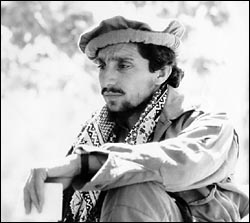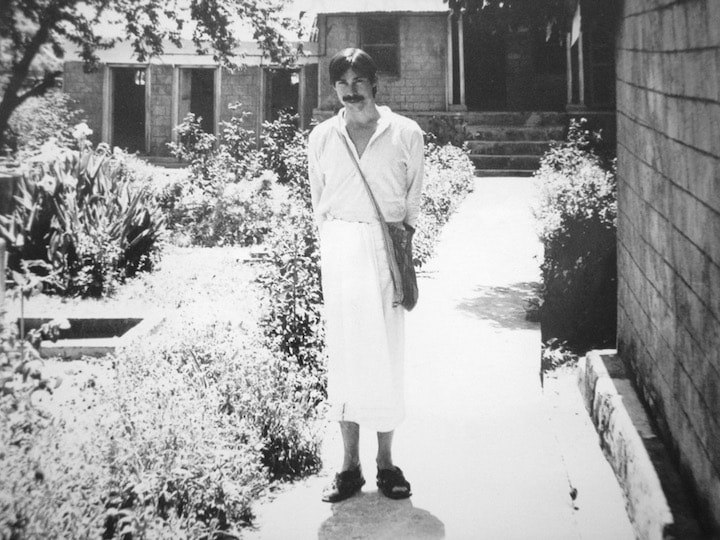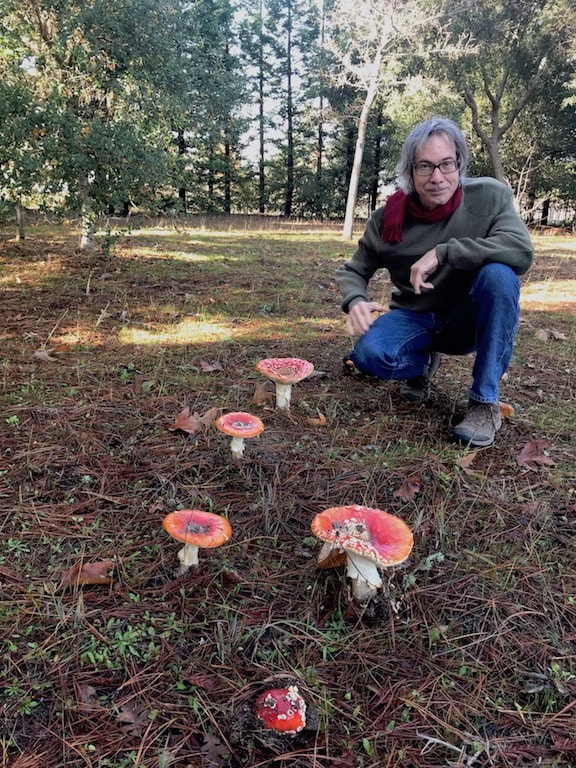my story
My first experience with spiritual medicines was with LSD. I was a teenager and had the classical spiritual (or “mystical”) experience of being bathed in universal love and merging with the universal Spirit. The widespread thinking at that time was that these medicines can give spiritual experiences, but they cannot provide lasting spiritual attainment. Thus, like many, I stopped taking these medicines. My adult life was spent exploring spiritual development through conventional practices such as mindfulness and meditation.
However, decades later, when I was writing The Art of Spiritualizing, I felt the need to revisit the experience with spiritual medicines and took a journey with magic mushrooms. I realized from this experience that, when used responsibly, these medicines have a profound healing effect and can facilitate lasting spiritual growth.
I realized that people doing spiritual practices could benefit profoundly from these medicines, and people using these medicines can benefit profoundly from spiritual practices. These medicines are best taken within the context of a spiritual practice (or at least with the idea for inner healing and personal growth). In 2019, I decided to help others as a "journey guide". (See article: Fu-dog Journey Guide). Based on my lifelong experiences with spiritual practices, my personal experiences with these medicines, and my experiences as a journey guide, I wrote Spiritual Medicines: The Drink of Immortality (2022).
(I am also an amateur songwriter on the ukulele.)
However, decades later, when I was writing The Art of Spiritualizing, I felt the need to revisit the experience with spiritual medicines and took a journey with magic mushrooms. I realized from this experience that, when used responsibly, these medicines have a profound healing effect and can facilitate lasting spiritual growth.
I realized that people doing spiritual practices could benefit profoundly from these medicines, and people using these medicines can benefit profoundly from spiritual practices. These medicines are best taken within the context of a spiritual practice (or at least with the idea for inner healing and personal growth). In 2019, I decided to help others as a "journey guide". (See article: Fu-dog Journey Guide). Based on my lifelong experiences with spiritual practices, my personal experiences with these medicines, and my experiences as a journey guide, I wrote Spiritual Medicines: The Drink of Immortality (2022).
(I am also an amateur songwriter on the ukulele.)
My Past Work

Although not relevant to my journey work or books, some may find this amusing.
I studied philosophy as an undergraduate, spent time as a sculptor, went to India for nine months (photo above, where I was initiated into a spiritual practice called Shri Vidya), and studied law, obtaining a Juris Doctor, and then a Master of Laws in comparative and international law. My main interest was human rights and conflict resolution, which brought little money, but interesting experiences.
My first major work was with the Dalai Lama and his offices in Mcleod Ganj, India. I drafted a model constitution for an autonomous Tibet and a model agreement with China that defined a culturally autonomous Tibet that could exist within the framework of the Chinese constitution. This was consistent with the Dalai Lama’s middle way policy, but was opposed by the free-Tibet faction that dominated the Tibetans in exile at the time. I met with the Dalai Lama on how to implement his middle way approach and worked closely with the Dalai Lama’s prime minister, Samdhong Rinpoche. I made two trips to Beijing for talks with Chinese officials on how to begin a healing process. I spent about three years on this, and it was my first experience of the intractable nature of politics.
I spent time in Myanmar and met with members of the National League for Democracy (Aung San Suu Kyi was under house arrest at the time) and advised them on finding a way of sharing the Parliament with the military who then controlled the government, as a stepping-stone to full democracy. This experiment in sharing eventually occurred many years later with disappointing results. During this time, I also advised leaders in Kashmir on various types of Kashmir autonomy as a solution to the ongoing civil strife there. I was later blacklisted from traveling to India by the Indian government, most likely from this work.
Three years before the 9-11 terrorist attack I was invited by both the Taliban and the “Northern Alliance” of Afghanistan to mediate their ongoing civil war. I was excited. It was the pinnacle of my mediation work. I negotiated a “framework for peace” among the nine members of the Northern Alliance. The agreement envisioned the formation of a “Loya Jirga”, a council of Afghan leaders (from both the Taliban and Northern Alliance) that would ratify a new constitution and elect a transitional government. The Taliban were impressed by the agreement, but did not trust the alliance. However, they were open to accepting it if approved by a council of religious leaders. After seven months, exhausted, and with no funding, I did could not pursue that possibility. Civil strife still rages there.
As a side note: Commander Ahmad Shah Massoud, the de-facto leader of the Northern Alliance, offered the United States (through myself and others) to rid Afghanistan of Osama bin Laden with their assistance. The offer was rejected. Two days before 9-11 he was assassinated.
My last legal work involved Sholam Weiss, in a classic case of prosecutorial misconduct. United States’ prosecutors publicly claimed that he was involved in “looting” an insurance company of $400 million dollars, a claim repeated by the New York Times and other media outlets, creating enormous bias. However, this number represented the liabilities of the company (before considering its assets), not what was stolen. And, in fact, Mr. Weiss was charged with money laundering, not "looting". Further, evidence presented in a related civil case indicated that his actions probably made money for the company.
Mr. Weiss was sentenced to 845 years in prison. Facing such an extreme sentence, he absconded and was later extradited from Austria, which considered his sentence to be inhumane. To secure his extradition, the United States gave Austria assurances that he would be provided a full appeal and a full re-sentencing, while knowing that he was not eligible for either. They lied to Austria. I worked on this case for 16 years, much of it soliciting Austria to make diplomatic protests to the United States, requesting his release. Mr. Weiss was eventually granted a presidential commutation in January of 2021, after 20 years of imprisonment.
Web Hosting by iPage

